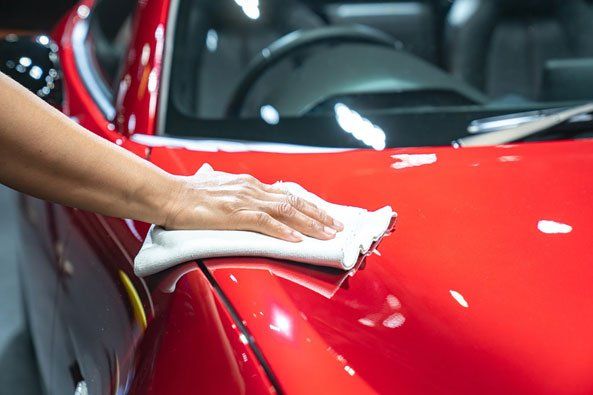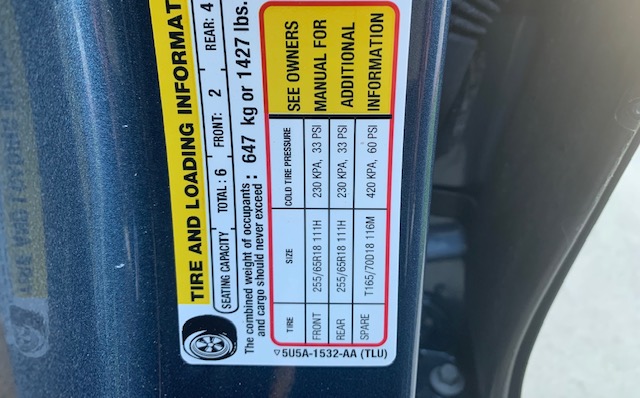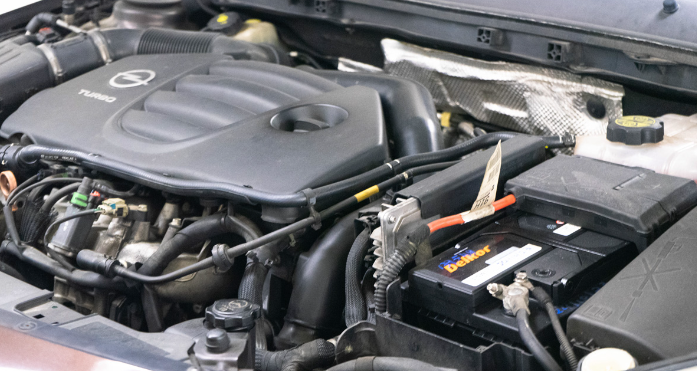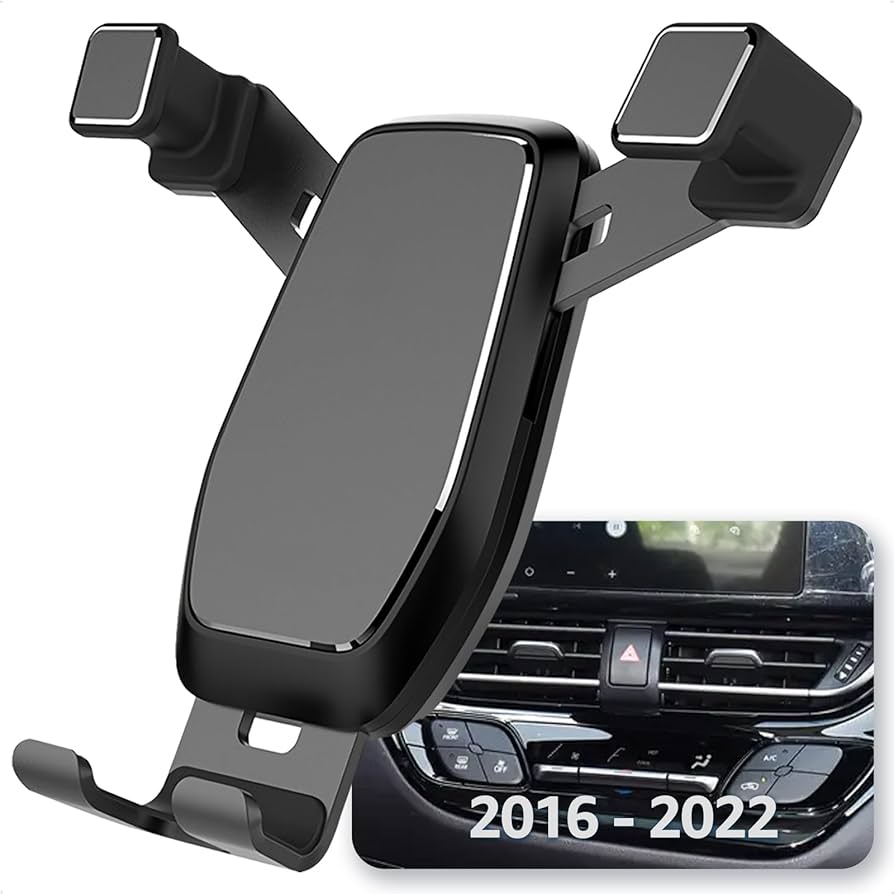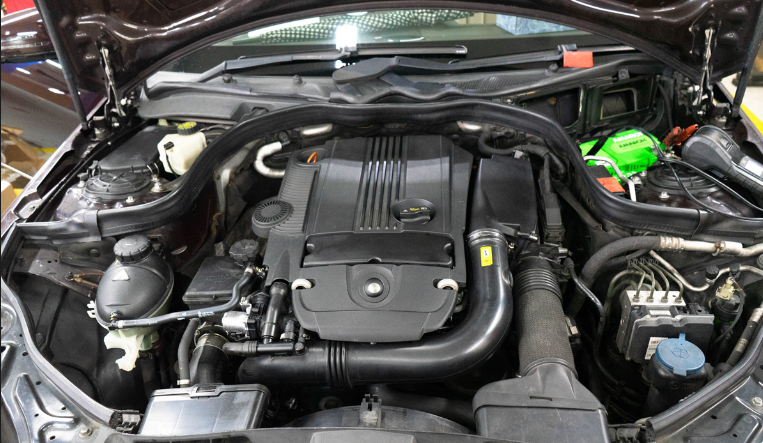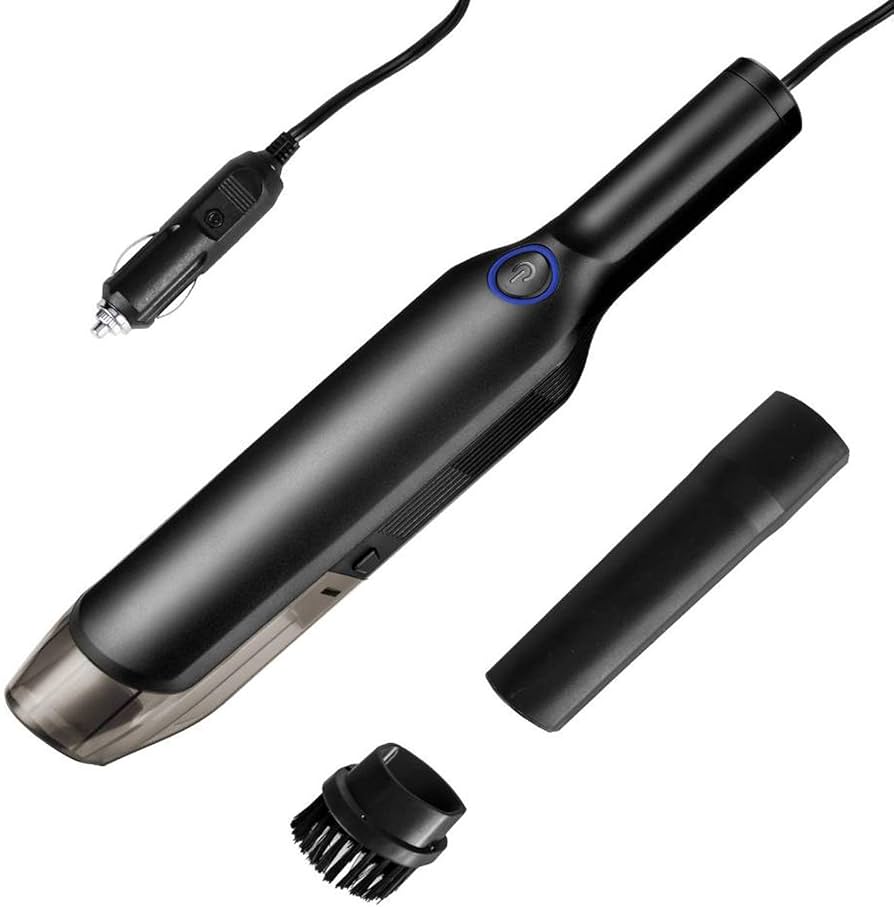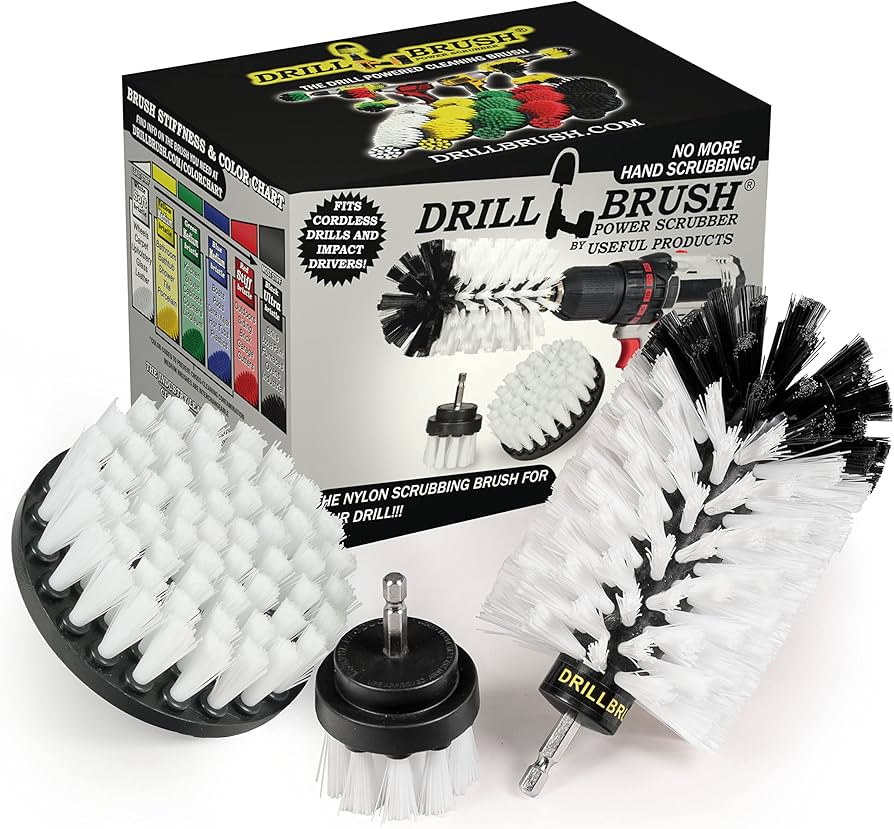The P0010 code is associated with your engine’s mechanical variable valve timing.
Due to emissions and performance standards, manufacturers have installed systems to increase the engine valve lift under certain conditions based on load and performance.
When any of those systems develop any fault, your Onboard Diagnostic (OBD) computer system picks up a code on that fault; hence, the P0010.
This code can also be accompanied by other codes such as P0011, P0012, P0020, P0021, P0022, and maybe more.
What Does the P0010 Code Mean?
P0010 is a generic OBD-II code indicating an issue with the engine control module (ECM) detecting a variation in the mechanical timing between the crankshaft and bank 1 camshaft.
The timing issue is typically detected during higher RPMs of the engine when the ECM attempts to adjust valve lift during higher speeds. P0010 is the Intake Camshaft Actuator Circuit Open/Short (Bank 1).
What are the Causes of the P0010 Code?
Code P0010 is triggered when the ECM attempts to adjust the Bank 1 intake camshaft timing by utilizing one of these valves, and it detects an electrical issue in either the circuit going to the valve or the windings of the solenoid in the valve itself.
There are multiple potential causes of a P0010 code. Below are four of the most common causes:
Engine Operating Outside Of Proper Timing
If you’ve been keeping up with your engine’s oil changes, the most common reason for a P0010 code is worn timing components.
That’s because these components have service intervals too, and if you aren’t keeping up with them, it’s only a matter of time before they malfunction.
Frayed or Damaged Wiring
While wiring issues aren’t incredibly common, they can easily cause a P0010 code.
Everything about your camshaft actuators is electronic, and all of those electronics get their power and send signals through wiring.
If those wires are frayed, corroded, or otherwise damaged, the system isn’t going to work, and you’ll get a code.
Faulty Crankshaft Or Camshaft Sensors
While there isn’t a service interval for sensors, it’s not unheard of for them to break.
Both the camshaft and crankshaft sensors work with your engine’s ECU to optimize performance and timing, and both sensors can cause a P0010 code if they are malfunctioning.
Excessive Engine Oil Sludge
One of the most common reasons for a P0010 code is that your vehicle desperately needs an oil change. This isn’t something that missing your oil change by a few thousand miles would cause, though.
It’s more like you didn’t know you needed to change your vehicle’s oil – and you’ve owned the car for a few years.
P0010 Code Symptoms
The illumination of the engine check light is the quickest way to diagnose a P0010 code, there are a few other things you’ll likely notice too.
- Decreased Engine Performance
One of the most common symptoms of a P0010 code is that you’ll have decreased engine performance.
Your vehicle’s camshaft position actuator optimizes performance, so it makes sense that if it’s not working, that performance will suffer.
- Increased Fuel Consumption
An engine that isn’t optimized wastes fuel.
It doesn’t matter how much fuel you dump into the combustion chamber, and if there isn’t enough fresh air, there won’t be enough combustible material to generate extra power.
Of course, your ECU doesn’t recognize this, so it keeps dumping fuel in even though it won’t help.
Others include:
- Rough Running Engine
- Poor Engine Idle
- Rattling/Knocking From the Engine
Cost of fixing the P0010 Code
P0010 can be caused by anything from a bad VVT solenoid to failed sensors to old engine oil. It’s impossible to give an accurate estimate without properly diagnosing the issue first.
Suppose you take your car to a shop for diagnosis, most shops will start with an hour of “diag time” (the time spent in labor diagnosing your specific issue).
Depending on the shop’s labor rate, this typically costs $75 – $150.
Most shops will apply this diagnosis fee to any required fix if you have them perform the repairs for you.
Tools Required For P0010 Code Diagnosis
Diagnosis will require multiple tools such as:
- An advanced scan tool to read the ECM data values
- A digital voltage scope with attachments
- Basic hand tools to access the actuator and timing components.
How does a Mechanic Diagnose the P0010 Code?
With a VVT fault, the first step is to get the vehicle diagnosed to figure out what is causing the problem.
P0010 is properly diagnosed with an advanced scan tool capable of factory sensor readings and codes (not just one from your local auto parts store) to start.
A qualified technician can read the data from the scan tool to determine when and where the problem occurred or if it is still occurring.
They may clear the code from the ECM and test drive the vehicle while monitoring the scan tool data to see if the fault returns or if it is intermittent.
Engine sludge with the oil system is very common for this fault code.
It is common to remove the solenoid which the code indicates to inspect the screen filter for sludge and manually activate it with a test probe.
If the fault returns immediately, the scan tool and information from professional resources should be able to narrow down the problem.
Otherwise, a digital voltage scope used to monitor the sensor signals will be required. The signals will indicate what the ECM is seeing and if they are correct.
Based upon the results of the testing, possible clearing of the code(s), and a road test while monitoring the data, further diagnosis may be required.
Final thoughts
The variable valve timing (VVT) system increases fuel economy and engine performance by regulating the intake and exhaust valves.
Code P0010 is triggered when the ECM attempts to adjust the Bank 1 intake camshaft timing by utilizing one of these valves.
This should be a problem that should mess up your drive if you engage in regular car maintenance and checks.
It is important to always use the correct engine oil assigned by your manufacturer, and not neglect any issue that pops up in your vehicle; it only makes things worse.





